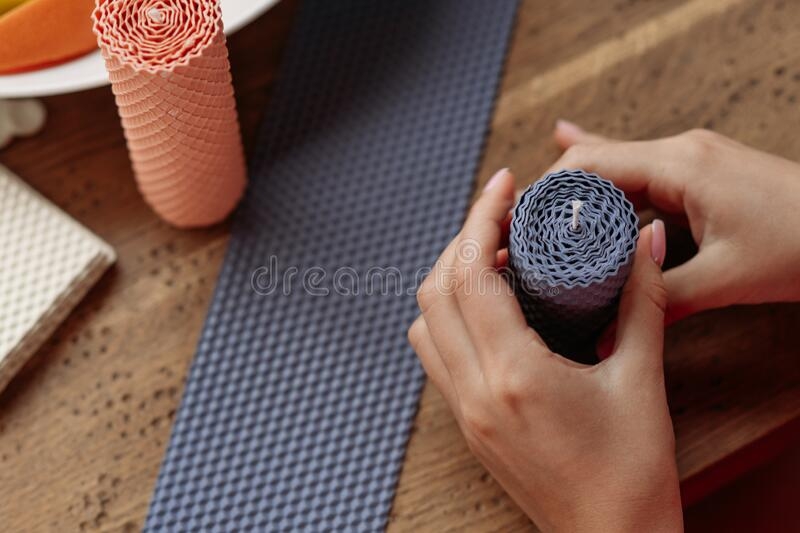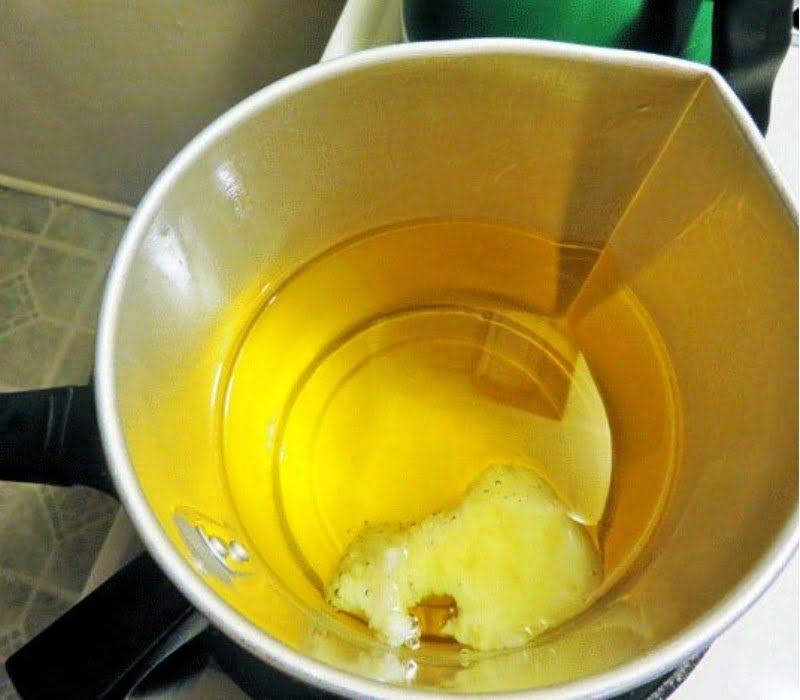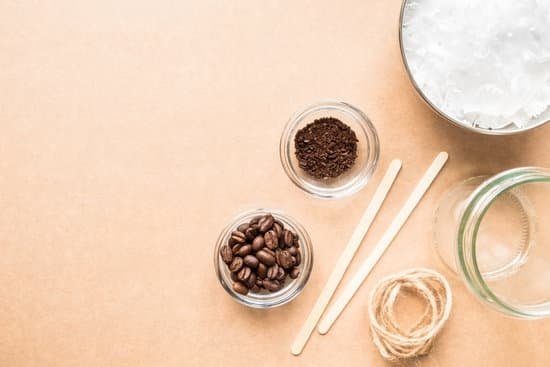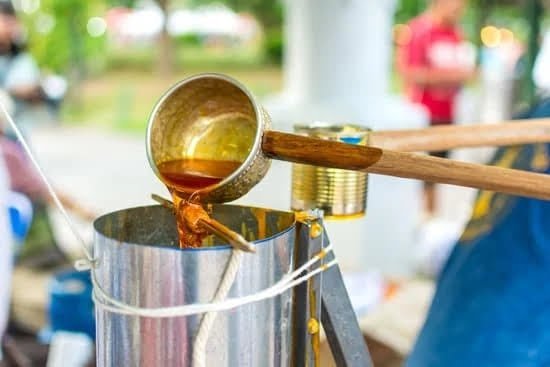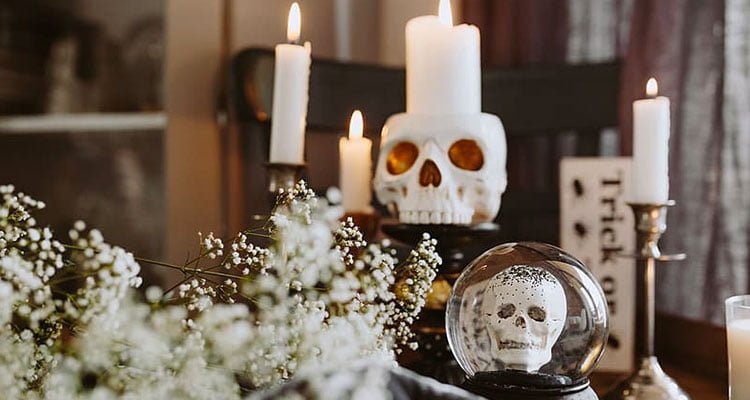Are you interested in creating a warm and inviting atmosphere in your home? Making candles at home with essential oils is a wonderful way to bring beautiful scents and a cozy ambiance into any room.
Whether you are a beginner or have some experience with candle making, incorporating essential oils into your homemade candles can elevate the sensory experience of your space. In this article, we will explore the art of candle making, the benefits of using essential oils, choosing the right materials for your candles, and provide a step-by-step guide to making candles at home with essential oils.
The art of candle making has been around for centuries, providing both light and fragrance to homes all over the world. As more people seek natural and therapeutic alternatives, many are turning to homemade candles crafted with essential oils to create a calming environment. Understanding how to properly blend and incorporate essential oils into your candles will not only enhance the aroma but also provide potential health benefits through aromatherapy.
Creating your own candles with essential oils allows you to personalize the scents that fill your space and enjoy the relaxing effects of aromatherapy. With a variety of essential oil options available, each offering unique aromatic properties and potential health benefits, there is endless potential for experimenting with different blends. Let’s explore the various aspects of making candles at home with essential oils in order to create beautiful and beneficial sensory experiences in your living space.
Understanding Essential Oils and Their Aromatherapy Benefits
Essential oils have been used for centuries for their various health and wellness benefits. These highly concentrated plant extracts are known for their aromatic properties and therapeutic effects. When used in candle making, essential oils can add not only a pleasant fragrance to your home, but also potential aromatherapy benefits. For example, lavender essential oil is often used for its calming and relaxing properties, while citrus essential oils like lemon or orange can help to uplift the mood.
When making candles at home with essential oils, it’s important to understand the different scents and their potential effects on the mind and body. Some popular essential oils used in candle making include peppermint for its invigorating scent, eucalyptus for its refreshing aroma, and rosemary for its stimulating properties. By incorporating these essential oils into your homemade candles, you can create a personalized and beneficial environment in your home.
In addition to their aromatic benefits, essential oils also offer natural antibacterial and antiviral properties. When diffused into the air through burning candles, they can help purify the air in your living space. It’s important to note that not all essential oils are safe for use in candles, as some may be too potent or flammable. Always research and use caution when selecting essential oils for candle making to ensure both safety and efficacy.
| Essential Oil | Aromatherapy Benefits |
|---|---|
| Lavender | Calming, relaxing |
| Peppermint | Invigorating |
| Eucalyptus | Refreshing |
Choosing the Right Wax for Your Homemade Candles
When it comes to making candles at home with essential oils, choosing the right wax is crucial in ensuring the quality and performance of your homemade candles. There are several types of wax available for candle making, each with its own unique characteristics and benefits. Here are some of the most popular options to consider:
- Soy Wax: Derived from soybean oil, soy wax is a natural and renewable resource that burns cleanly and slowly. It has a lower melting point, which makes it easy to work with for beginners.
- Beeswax: Known for its natural honey scent, beeswax creates beautiful, long-lasting candles with a warm glow. It also emits negative ions when burned, helping to purify the air.
- Paraffin Wax: This traditional wax is widely used in candle making due to its affordability and ability to hold fragrance well. However, it is derived from petroleum, so it may not be the best choice for those seeking eco-friendly options.
When selecting the right wax for your homemade candles, consider factors such as burn time, scent throw, and environmental impact. Additionally, some waxes may require special handling or additives for optimal results.
Ultimately, the choice of wax will depend on your personal preferences and values as a candle maker. Experimenting with different waxes can help you find the perfect fit for your homemade candles made with essential oils.
Selecting the Perfect Containers for Your Candles
When making candles at home with essential oils, selecting the right containers is a crucial part of the process. The container not only holds the wax and essential oils but also contributes to the overall aesthetic of the candle. There are several factors to consider when choosing the perfect containers for your homemade candles.
Materials and Size
The material of the container is an important consideration as it can affect the burning of the candle. Glass jars are a popular choice as they allow for even burning and are heat resistant. It’s important to ensure that the containers are made of non-flammable materials to prevent accidents.
Additionally, consider the size of the container in relation to the amount of wax and essential oils you plan to use. A larger container will require more wax and essential oils while a smaller one will require less.
Aesthetic Appeal
The aesthetic appeal of the container should also be taken into account. Many craft stores offer a variety of containers in different shapes, sizes, and colors, allowing for creativity in designing your homemade candles. Consider how the container will complement the overall decor or theme you have in mind for your candles.
Functionality
Lastly, consider the functionality of the container. Will it be used indoors or outdoors? Will it be placed on a flat surface or hung? These factors can help determine whether a glass jar, tin, or ceramic container would be most suitable for your specific needs when making candles at home with essential oils.
The Importance of Using High-Quality Wicks
When making candles at home with essential oils, one of the most crucial components to consider is the use of high-quality wicks. The wick plays a significant role in how the candle burns and the overall performance of the candle. A good quality wick will help ensure that your candle burns evenly, effectively, and safely.
It is important to choose a wick that is appropriate for the type and size of the candle you are making. Wicks come in different thicknesses and materials, such as cotton or wood. Thicker wicks are suitable for larger candles, while thinner wicks work well for smaller ones. Additionally, some wicks are designed specifically for use with certain types of wax, so be sure to select a wick that is compatible with the wax you have chosen.
Using high-quality wicks also helps prevent common issues such as tunneling (when only a small hole forms in the center of the candle) or mushrooming (when carbon gathers at the top of the wick). These problems can affect not only the appearance but also the burn time and scent throw of your candles. By investing in good quality wicks, you can ensure that your homemade candles with essential oils turn out beautifully and perform optimally.
| Wick Type | Recommended Candle Size |
|---|---|
| Cotton Wick | Small to Medium |
| Wooden Wick | Large |
By paying attention to this often overlooked aspect of candle making, you can elevate your craft and create beautiful, high-quality candles that provide a wonderful sensory experience when combined with essential oils. In addition to selecting high-quality wicks, it’s also important to trim them before each use to about 1/4 inch to ensure an even burn and prolong their lifespan.
Ultimately, using premium wicks will help you achieve success in making candles at home with essential oils.
Step-by-Step Guide to Making Candles at Home With Essential Oils
Making candles at home with essential oils is a fun and rewarding hobby that allows you to customize the scents of your candles to your preference. Whether you are making candles for personal use or as gifts for friends and family, using essential oils in candle-making can add therapeutic benefits to the ambiance of your space.
Gathering Your Materials
Before starting the candle-making process, it’s essential to gather all the necessary materials. This includes wax, wicks, containers, a double boiler or melting pot, a thermometer, and of course, your choice of essential oils. Make sure to have a designated workspace for your candle-making endeavors as well.
Measuring and Melting the Wax
Begin by measuring out the amount of wax needed for your chosen container. It’s important to follow the recommended wax-to-oil ratio provided by your specific candle-making recipe. Once measured, melt the wax using a double boiler or melting pot, ensuring that it reaches the recommended temperature indicated for the type of wax you are using.
Adding Essential Oils and Pouring
Once the wax has reached the correct temperature, carefully add your desired essential oils to achieve your preferred scent strength. It’s important not to overdo it with essential oils as this can affect how the candle burns. After thoroughly mixing in the essential oils, carefully pour the wax into your chosen containers while also securing the wick in place.
Experimenting with different essential oil blends can lead to unique and delightful scents that can uplift and enhance any environment. Remember to always follow safety precautions while working with hot wax and open flames during this process.
Tips for Experimenting With Different Essential Oil Blends
Experimenting with different essential oil blends is a fun and creative way to customize your homemade candles to suit your preferences. Essential oils have unique aromatherapy benefits, and by mixing different oils, you can create a variety of scents that cater to your specific needs. Here are some tips for experimenting with essential oil blends for your candles:
1. Start with a base note: When creating your own essential oil blend for candles, it’s important to start with a base note. Base notes are typically deep and long-lasting scents, such as cedarwood, patchouli, or sandalwood. These notes will provide a solid foundation for your blend and help to anchor the other scent elements.
2. Mix in middle and top notes: Once you have chosen your base note, consider adding middle and top notes to create complexity in the fragrance of your candle. Middle notes, like lavender or geranium, provide harmony and balance to the overall scent profile. Meanwhile, top notes, such as citrus oils or peppermint, offer a refreshing and uplifting aroma.
3. Experiment in small batches: When trying out new essential oil blends, it’s best to experiment in small batches until you find the perfect combination. By making smaller quantities of candles at first, you can easily adjust the ratio of each essential oil in your blend without wasting too much material.
Overall, experimenting with different essential oil blends is an exciting aspect of making candles at home with essential oils. The possibilities are endless when it comes to creating unique scents that elevate the ambiance of any space. Whether you’re looking for a calming aroma for relaxation or an invigorating scent for energy boost, there’s a perfect combination waiting to be discovered through experimentation and creativity.
Safety Precautions and Best Practices for Candle Making at Home
In conclusion, making candles at home with essential oils can be a rewarding and fulfilling experience. By understanding the art of candle making, learning about essential oils and their aromatherapy benefits, choosing the right wax and containers, and using high-quality wicks, you can create beautifully scented candles that are perfect for relaxing and unwinding after a long day.
As you follow the step-by-step guide to making candles at home with essential oils, it’s important to remember safety precautions and best practices. Always work in a well-ventilated area, use a double boiler or dedicated wax melter for melting wax, and never leave your melting wax unattended. Additionally, be mindful of the temperature when adding essential oils to avoid overheating and always follow proper guidelines for handling hot wax.
Finally, don’t be afraid to experiment with different essential oil blends to create your own unique scents. Whether you’re looking to make candles for personal use or as thoughtful gifts for friends and family, harnessing the power of essential oils can elevate your candle-making experience and provide endless opportunities for creativity. With a focus on safety and attention to detail, you can enjoy the therapeutic benefits of homemade candles infused with your favorite essential oil blends.
Frequently Asked Questions
Can You Make Candles With Just Essential Oils?
Yes, it is possible to make candles with just essential oils. Essential oils can be used as a natural fragrance and can provide therapeutic benefits when the candle is burned.
How Many Drops of Essential Oil in a Candle?
The number of drops of essential oil in a candle will depend on the size of the candle and the intensity of fragrance desired. Generally, for a standard-sized candle, 30-40 drops of essential oil are recommended.
Is It Safe to Burn Essential Oils in Candles?
It is not safe to burn pure essential oils in candles as they are highly flammable. Instead, it is best to use fragrances specifically designed for candle making, which have been tested for safety when burned. Mixing essential oils with wax can also pose a fire hazard if not done properly.

Welcome to my candle making blog! In this blog, I will be sharing my tips and tricks for making candles. I will also be sharing some of my favorite recipes.

